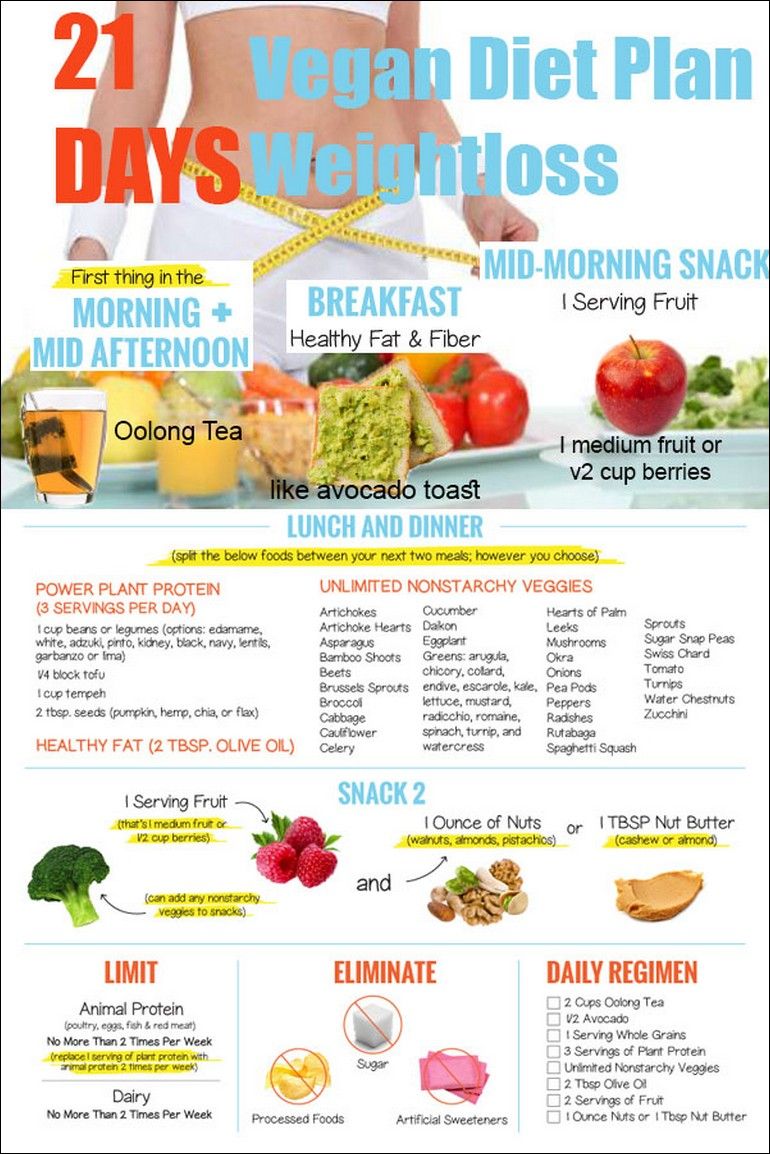
Clear skin does not have to be impossible. Clear skin is possible if you eat a healthy diet that includes foods that can help. These foods should also be rich in nutrients that will boost your skin's health and help you get a clear, glowing complexion.
You should eat a wide variety of vegetables and fruits to have clear skin. These foods are rich in vitamins, antioxidants, and nutrients that will help to nourish your skin. These foods are high in water, which will keep your skin hydrated.
Vitamin C is an excellent vitamin to take to improve your skin. This vitamin is a great cleansing agent and also helps to brighten your skin. It has also been proven to reduce the risk of UV-induced yellowing. Vitamin C could be a gamechanger for people with acne.
Avocado is another food which can glow your skin. Avocado is a modern superfruit, rich in vitamins E-C and healthy fats. It can help reduce wrinkles and moisturize the skin.

If you have clear skin, you might not need to eat all the fruits and vegetables you can get your hands on. But if you have skin conditions, it is important that you eat the foods that are going to help your skin heal. Some of the best options are oranges, spinach, and broccoli.
Drinking lots of water is also a good way to keep your skin clear. Water is crucial for healthy skin. Water aids with digestion and helps in the formation of collagen. It's also important to avoid alcohol, which can dehydrate your skin and contribute to breakouts.
In addition to water and fruit, you should try to incorporate foods with antioxidants into your diet. You can drink 100% juices as well as tea, which is a good source of antioxidants. Other foods that contain antioxidants include ginger, chia seeds, and walnuts.
Other foods that have the ability to improve your skin include fatty fish, which are rich in omega-3 fatty acids. These nutrients are not often found in large amounts in food, so you should only eat them in small quantities to give your skin a healthy glow.
The clear skin diet also includes the power of probiotics. These foods supply healthy bacteria to help improve skin health. Most people are familiar with yogurt. But, this list also includes asparagus, kiwis as well as garlic. They can reduce inflammation, improve moisture retention, promote healthy gut, and help to maintain good skin health.

It is important to eat foods that promote sleep. The Harvard School of Public Health created the Healthy Eating Plate, which has a variety of foods that can help to improve your sleep. These foods include nuts, fruits, veggies, and berries. These foods are high in antioxidants, which help prevent breakouts.
The best diet for clear skin should include a variety of foods that will provide you with all of the nutrients that your body needs. It is important to consider what foods might trigger your skin conditions, such as acne. People have reported that cutting dairy products from their diets has made a difference in their skin. This is because dairy products may cause breakouts by being naturally pro-inflammatory.
FAQ
How often should you exercise?
It is important to exercise for a healthy lifestyle. But, you don't need to spend a specific amount of time exercising. The key is to find something that you enjoy and to stick with it.
If you exercise three times a week then aim for 20-30 mins of moderate intensity. Moderate intensity will mean that you'll continue to be exerting yourself afterward. This type works out burns around 300 calories.
For those who prefer to walk, you can go for 10-minute walks four times a week. Walking is low in impact and easy for your joints.
You can also run for 15 minutes, three times per week. Running can help you burn calories and to tone your muscles.
Begin slowly if your are new to exercising. Begin by doing 5 minutes of cardio each day, a few times per week. Gradually increase the time you do cardio until your goal is reached.
What makes an antibiotic effective?
Antibiotics are medications that kill harmful bacteria. Antibiotics are used for treating bacterial infections. There are many types of antibiotics. Some can be taken orally, others are injected and some are applied topically.
Many people who have been exposed can be prescribed antibiotics. An oral antibiotic might be prescribed to someone who has been exposed to chicken pox. This will prevent the spread of shingles. A penicillin injection might be given to prevent pneumonia in someone who has had strep.
Children should not be given antibiotics without the consent of a doctor. Children are more susceptible to side effects from antibiotics than adults.
The most common side effect associated with antibiotics is diarrhea. Side effects of antibiotics include diarrhea, stomach cramps and nausea. These side effects usually disappear once treatment has ended.
What lifestyle is most healthy?
Healthy lifestyles include eating healthy food, regular exercise, good sleep, and avoiding stress. You will live a long and happy life if you adhere to these guidelines.
Starting small can make a big difference in your diet, and even your exercise routine. To lose weight, you can start walking 30 minutes per day. Or, if you want to get more active, take up swimming or dancing. An online fitness program such as Strava or Fitbit that tracks your activity could be a good option.
Statistics
- This article received 11 testimonials and 86% of readers who voted found it helpful, earning it our reader-approved status. (wikihow.com)
- According to the 2020 Dietary Guidelines for Americans, a balanced diet high in fruits and vegetables, lean protein, low-fat dairy and whole grains is needed for optimal energy. (mayoclinichealthsystem.org)
- Extra virgin olive oil may benefit heart health, as people who consume it have a lower risk for dying from heart attacks and strokes according to some evidence (57Trusted Source (healthline.com)
- WHO recommends consuming less than 5% of total energy intake for additional health benefits. (who.int)
External Links
How To
What does "vitamin" actually mean?
Vitamins can be described as organic compounds found in food. Vitamins help us absorb nutrients in the foods we consume. Vitamins are not made by the body, so they must be obtained through food.
There are two types if vitamins: water soluble, and fat soluble. Water soluble vitamins dissolve easily in water. Some examples include vitamin C,B1 and B2 vitamins (thiamine), B2 and riboflavin, B3 and niacin, B6 vitamins (pyridoxine), B6 vitamins (niacin), folic acids, biotin, pantothenic acids, and Choline. Fat soluble vitamins are stored in the liver and fatty tissue. Vitamin D, E, K and A are some examples.
Vitamins are classified according to their biological activity. There are eight major types of vitamins.
-
A - vital for normal growth and maintaining good health.
-
C - vital for nerve function and energy generation
-
D - necessary for healthy bones and teeth.
-
E - needed for good vision and reproduction.
-
K - Essential for healthy muscles and nerves.
-
P – Vital for building strong bones.
-
Q - Aids in digestion and absorption.
-
R - necessary for making red blood cells.
The recommended daily intake (RDA), of vitamins varies with age, gender and physical conditions. The U.S. Food and Drug Administration (FDA) sets the RDA values.
For adults over 19 years, the RDA is 400 mg per day for vitamin A. Pregnant women require 600 micrograms daily to support fetal development. Children ages 1-8 require 900 micrograms per day. Infants under one year of age require 700 micrograms per day, but this amount decreases to 500 micrograms per day between 9 months and 12 months of age.
Children aged 1-18 years need 800 micrograms daily, while children overweight require 1000 micrograms per days. Children who are severely obese or underweight will need 1200 micrograms each day.
Children aged 4-8 years old who have been diagnosed as having anemia require 2200 micrograms of vitamin C per day.
2000 micrograms daily is required for adults over 50 to maintain their general health. Mothers who are pregnant, nursing, or have a high nutrient need will require 3000 micrograms a day.
Adults over 70 need 1500 micrograms daily, since they lose around 10% of their muscle mass every decade.
Women who are pregnant, nursing or breastfeeding need more than the RDA. Pregnant woman need 4000 micrograms daily in pregnancy and 2500 per day after childbirth. Breastfeeding mothers need 5000 micrograms per day when breast milk is being produced.